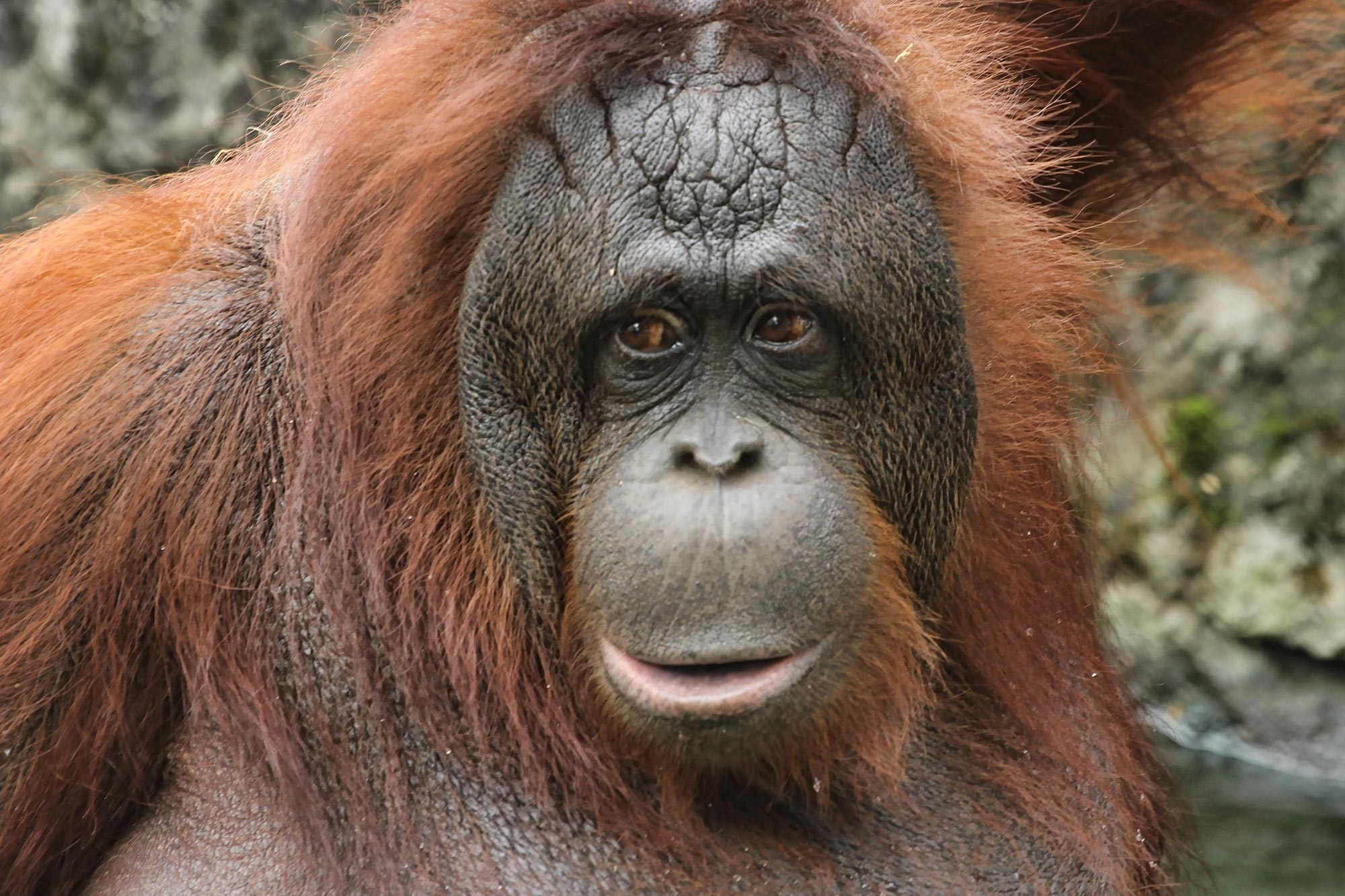Language is one of the most mysterious evolutionary puzzles. Scientists are still not sure why humans and other primates have so much in common, but they do not share the ability to talk. Until recently, a study conducted by the researchers from Cornell University, the researchers have discovered the complicated language of orangutans. Orangutans, the great apes of Southeast Asia, are known for their sophisticated vocal communication. However, the researchers have found it difficult to comprehend the subtleties of their repertoire.
After a careful study that lasted for three years, researchers have managed to decipher the complicated patterns that were concealed in the roars, sighs, and other vocalizations of Bornean orangutans, and therefore, they could obtain unique information about their communication skills.
AI-assisted analysis
The research, published in the journal PeerJ Life & Environment, is a major breakthrough in the knowledge of the orangutan communication. The research team strengthened their study by comparing the AI detection methods with the work of biologists and bioacoustics scientists, who were using only their trained ears, intellects and measurement tools.
The research team put together a dataset of 117 long calls recorded by 13 males of one particular species, the Bornean orangutan, using 46 acoustic measurements on 1,033 different pulses detected in those calls. They stated, “’These features would seem to greatly boost the potential complexity of this signal,” implying humanity will soon know what the great apes are saying.
According to the study’s lead author, Dr. Wendy Erb, “Our research aimed to unravel the complexities of orangutan long calls, which play a crucial role in their communication across vast distances in the dense rainforests of Indonesia.”
A multifaceted approach
The team used a state-of-the-art unsupervised machine learning algorithm, Uniform Manifold Approximation and Projection (UMAP), that had been successfully used to decode ‘animal vocal repertoires’ for the University of California, San Diego, back in 2020.
The UMAP algorithm was enhanced by more statistical algorithms written in the programming language R. In addition to other types of supervised machine learning, R was used in the process, but in all cases, the apes’ 1,033 unique vocal phases and pulses were divided at random into a 60/40 split, where 60 percent was used to train the AI and the remaining 40 percent was used to test the accuracy of its freshly trained sorting ability.
Utilizing a combination of supervised and unsupervised machine learning techniques, the research team classified three primary pulse types: ‘Roar’ for high-frequency pulses, ‘Sigh’ for low-frequency pulses, and ‘Intermediate’ for those falling between the two categories.
Their research did not focus on what the primates were saying. Nevertheless, it helped to detect how they were saying it. The researchers finally realized that orangutans use a much wider range of sounds than had been assumed before.
Implications for human evolution
Humans are the only primates that can produce the most complex sounds, but still, there is a direct relationship between the way more primitive primates acquired these skills and the way we did. To make it happen, scientists first need to understand how the vocalizations that are more “graded” and used by animals like orangutans transmit meaning so well.
Through the study of orangutan vocalizations, scientists might eventually find out how humans learned to speak. Each species creates its vocal complexity as a result of the evolutionary factors such as the sexual selection, the details of their habitats, their specific social structures and the pressure from the predators.





